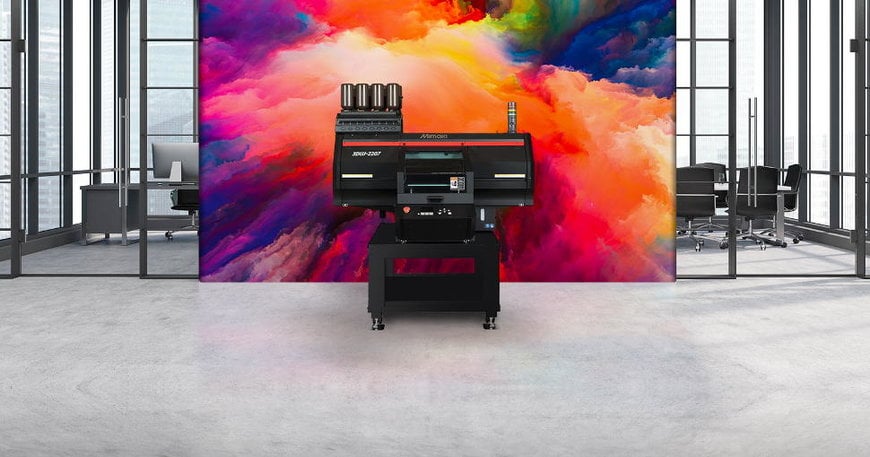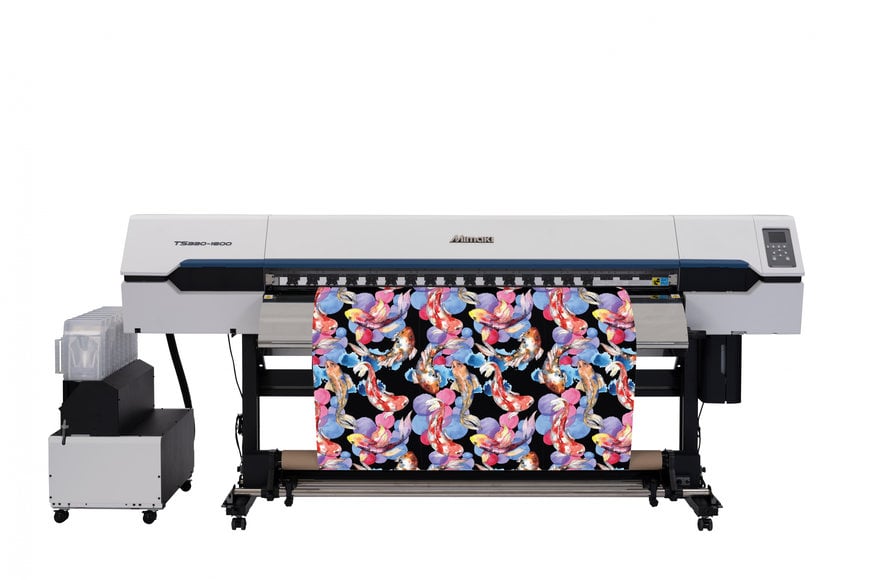www.industryemea.com
26
'22
Written on Modified on
Entering a New Era of Automation
All sectors, from automotive to aerospace to printing are entering into a new era coined “Industry 4.0”, representative of a more streamlined approach to production by utilising state of the art technologies to keep up with the increase in demand.

The printing industry has focused in on one aspect of Industry 4.0 in particular, “automation”, to better connect printing technology and allow for a more seamless transition from when a customer places an order to its’ delivery. With its clear long-term benefits, this change is already happening in the industry – in Keypoint Intelligence’s Software Investment Outlook 2020-21, researchers found that more companies were investing in automation in these past two years, particularly to fulfil the large amount of smaller jobs[1].
On the factory floor
Automation poses huge benefits for the printing industry across all sectors. An automated workflow allows for a more optimised production flow, from reducing the waste produced to the time needed to manually adjust settings, which all leads to significantly shorter delivery times. Not only does it allow for printers to improve their current production processes, but it also allows for them to open up to new projects and clientele that they may not have been able to cater for. Shorter runtimes are seen as a bottleneck for many printers, requiring individual time and management which they just can’t spare. However, with automation it is much easier to manage these projects with just a few tweaks to the workflow.

Delivery times are shortened even further if the printers are able to run all hours without constant supervision, thanks to remote monitoring and self-cleaning capabilities. With an increased total output, automation helps print service providers become more efficient, versatile and profitable businesses.
Industry-wide change
Looking outside of the immediate benefits on the factory floor, adoption of automation can impact the wider printing industry too. Working on the production line is often perceived to be a more traditional, manual job, but incorporating automation gives the sector a more modern and technical air that could attract a whole array of new technologically minded people to join the industry.
Fully utilising a new technology requires a certain level of technical know-how, whether that is editing the machine device language, integrating printers onto the factory floor or troubleshooting, so having someone on the floor with this knowledge is incredibly beneficial. Companies can use this transitional period to train up their existing workforce to better monitor this process, which collectively equips the wider printing workforce with a brand-new set of skills to increase workflow efficiency. While automated production lines can differ widely, manufacturers, such as Mimaki, offer webinars, product guides and e-learning to help train up staff and the company with it.
Recognising the potential of this technology early on, Mimaki is one company that has begun the shift to automated workflows. Every piece of equipment released is Industry 4.0 ready, meaning a range of our machines from cutters to printers, can be integrated into an automated workflow. Further to this, Mimaki’s core technologies already enable aspects like quality checks and cleaning to happen automatically, allowing for 24/7 runtime without the need for regular intervention.
Are we looking at an automated future?
Full end-to-end automation is still in early stages, with remaining barriers for entry including the need for appropriately skilled staff to handle these new technologies and the implementation cost[2]. But once overcome, there’s a clear benefit for investing in automation to future proof and become a more financially astute business.
www.mimaki.com

